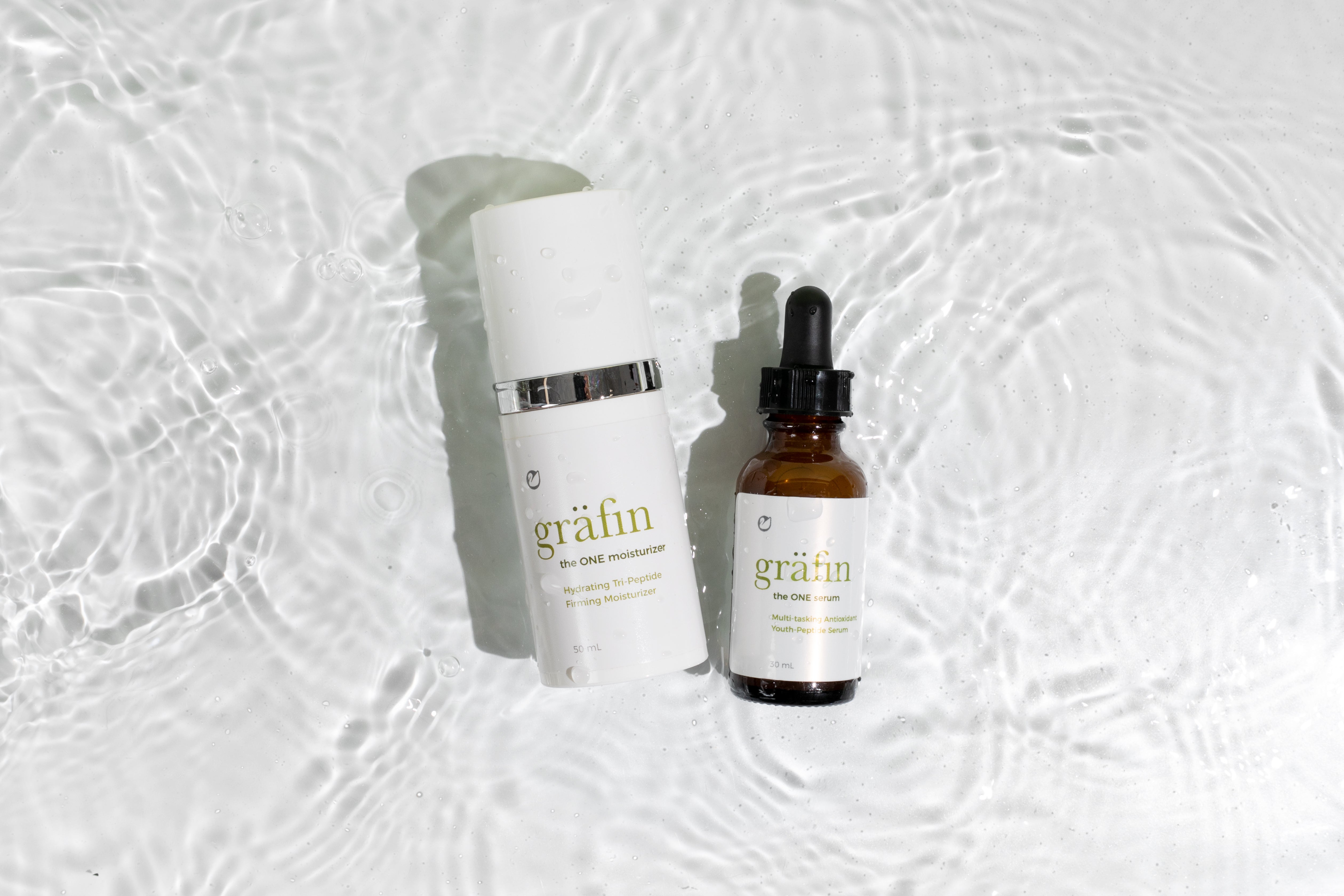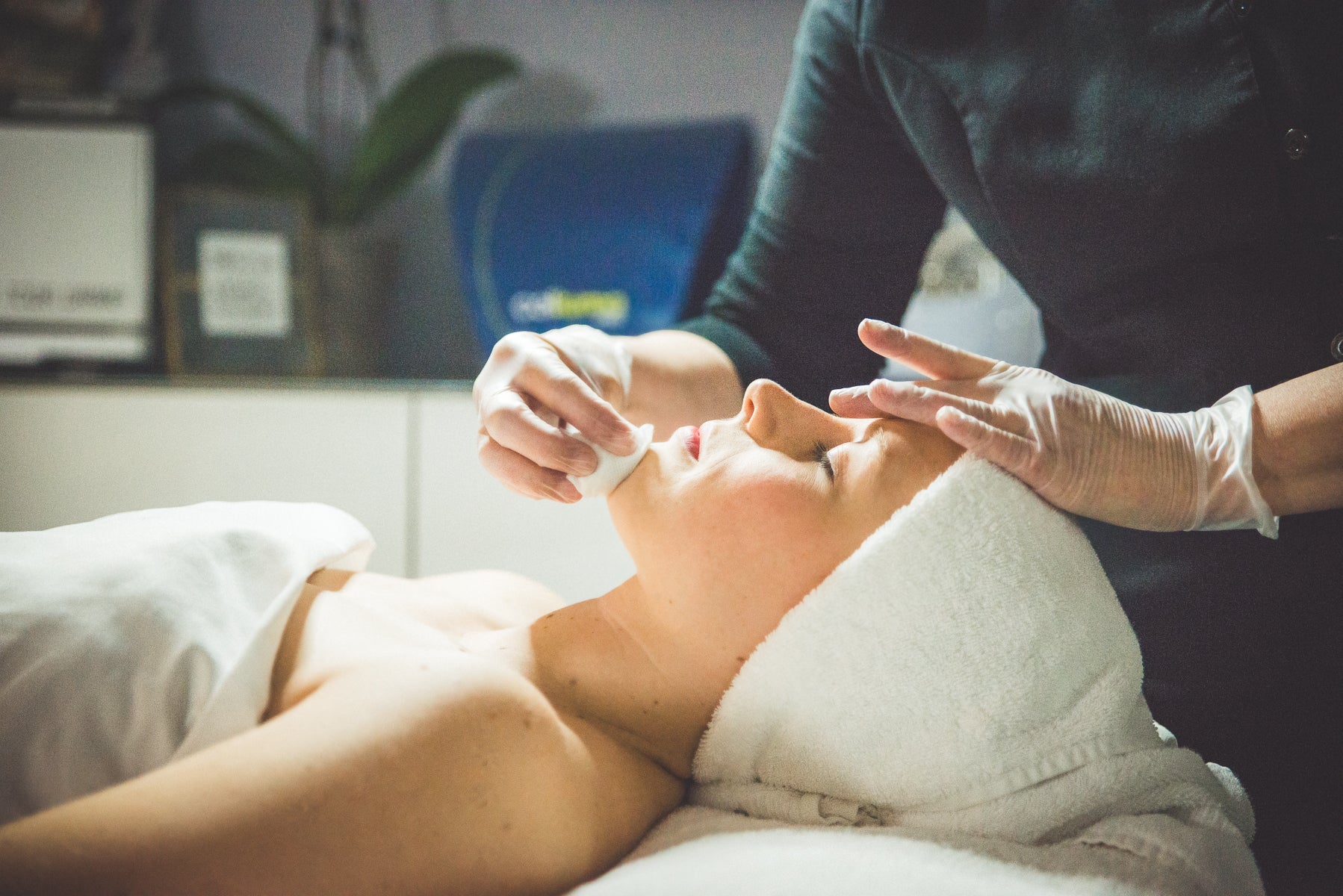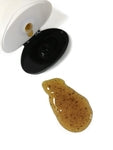Post-Winter Skincare
It's finally here, Springtime! Everything is renewed, fresh and bright. Everything but your skin that is. How do we freshen up our skin for that beautiful springtime glow? The key is a deep pore cleansing and nourishing the skin with active ingredients containing vitamins and minerals.The outer layer of our skin, the epidermis, is supposed to renew itself every 26-28 days. Post winter skin looks dull because that top layer of skin takes more abuse than usual from winter's freezing temperatures and low humidity. Skin cells are exposed to this harsh environment making the cells appear ragged and reducing their ability to reflect light pleasingly. The result is the hazy gray look of dead skin and oil. Yuck.The solution: exfoliation. When we exfoliate our skin, we can shorten the 26-28 day skin cycle. The renewal process is immediate, and the ragged dull cells are swept away revealing fresh, plump skin underneath.
Exfoliation comes in three flavors: Mechanical, Enzymatic, and Chemical
-
- Mechanical exfoliation uses particles and abrasives to remove dead cells. Examples include scrubs, 'buff puffs,' and microdermabrasion. Mechanical exfoliation should only be used by the most insensitive of skins, and areas of redness or breakouts should always be avoided.
- Enzyme exfoliation works to remove dead skin by separating the fats and proteins. The easiest way to think about this is as bricks and mortar, and if you dissolve the mortar, the old bricks can gently fall away. Enzymes are ideal for sensitive skin and with blackheads, spots or pimples.
Chemical Exfoliants such as peels have the ability to change the surface structure of the skin. They are primarily derived from fruit and nut acids and work as a 'controlled burn' on the skin. Chemical exfoliants should be performed by a trained licensed professional that can make sure chemical exfoliants are correctly buffered to protect from unnecessary irritation.
Exfoliation at home should ideally be done 1-3 times a week unless otherwise recommended by your licensed skincare professional. Alternatively, there are products on the market that you may use daily to help with cell turnover. These daily formulas are typically in the form of a moisturizer and contain lower dosages of actives or are buffered to prevent irritation. One should always take a slow approach when adding a daily exfoliant to your routine as to not dehydrate the skin and cause irritation.After exfoliation, it is important to nourish new skin. Freshly exfoliated skin is equally susceptible to surface dehydration as it is prepped to take in essential active ingredients. Hydrators such as hyaluronic acid, Provitamin B5 and squalene should be used along with vitamins like C and E to 'feed' the skin and protect it from losing water.






Leave a comment
This site is protected by hCaptcha and the hCaptcha Privacy Policy and Terms of Service apply.